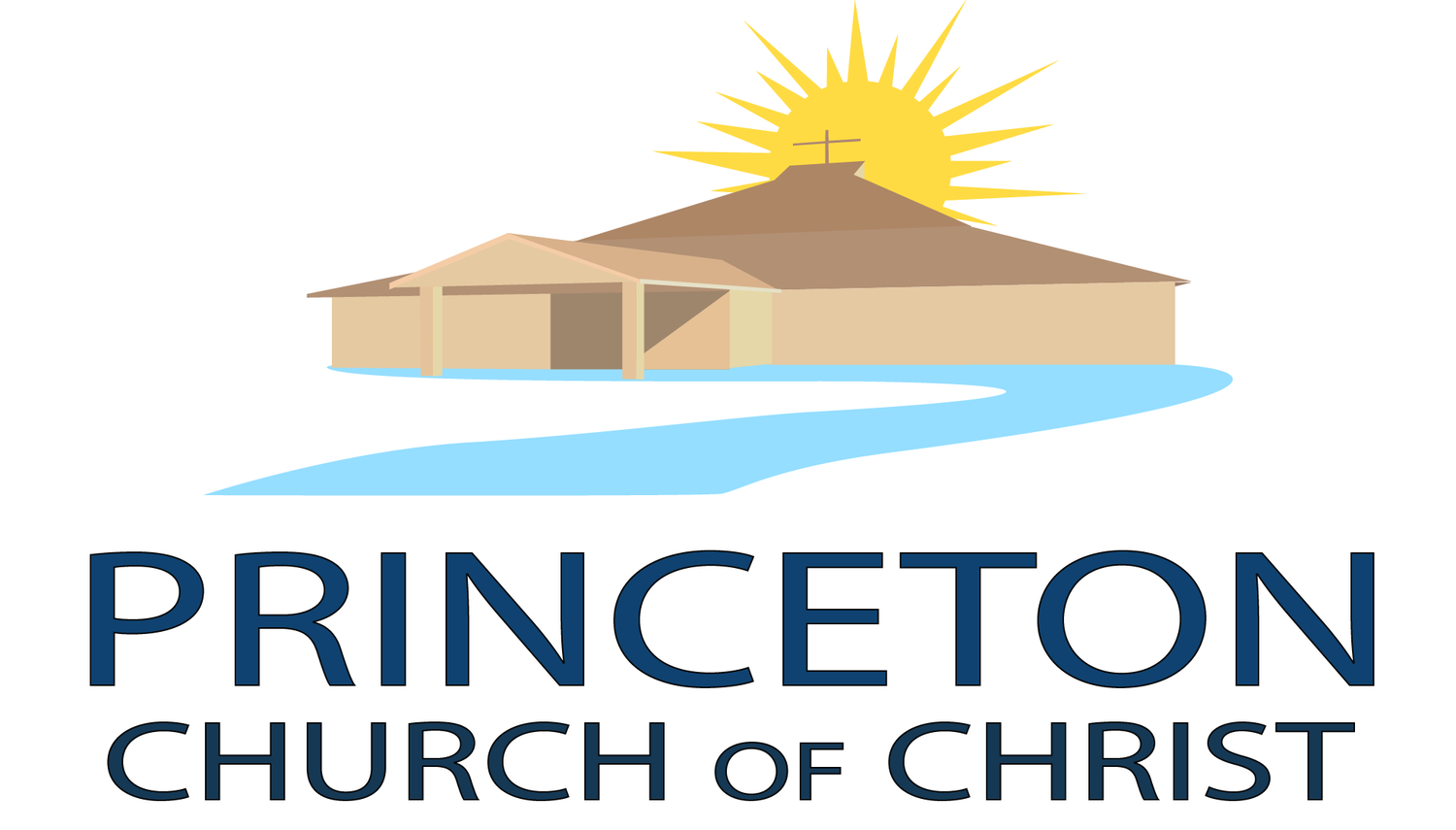This Sunday! Join us for Part 2 of our series on Spiritual Growth: "Biblically Oriented" from 2 Timothy 3:14-17. We'll explore: understanding the original languages of the Bible, the difference between literal and dynamic equivalence translations, the importance of historical and cultural context. reading the Bible in its literary context, and more. Don't miss this opportunity to deepen your understanding of God's Word and grow spiritually! See you there!
Service time: 10 AM
Location: 33 River Road, Princeton, NJ
#SpiritualGrowth #BibleStudy #Church #Faith #Seron #NewSeries #CurrentSeries #PrincetonCoC
OUTLINE:
I. Introduction to Correctly Handling the Bible
1.1. 2 Timothy 2:15: Importance of correctly handling the Bible
II. Understanding the Original Language
2.1. The Bible was originally written in Hebrew (some Aramaic) and Greek
2.2. Tools to better understand the original language:
2.2.1. Strong's Exhaustive Concordance
2.2.2. Online services
III. Types of Bible Translations
3.1. Literal translation: follows the original grammar and offers a word-for-word rendition
3.2. Dynamic Equivalence: translates the original text thought-by-thought, putting it into good English language
3.3. Example: Acts 20:7 (NIV) vs. Literal translation
IV. Historical and Cultural Context
4.1. Understanding how the original audience would have understood the message
4.2. Importance of knowing the historical and cultural context
4.3. Resource: The IVP Bible Background Commentary
4.4. Examples:
4.4.1. Genesis 1:26-27 (NIV) and ancient world understanding of "image"
4.4.2. Hebrews 1:3 (NIV) and Jewish writers' understanding of "image"
V. Reading the Bible in its Literary Context
5.1. Avoiding simplistic proof-texting
5.2. Importance of reading the Bible in its literary context
5.3. Example: Romans 8:24 (KJV) vs. Romans 8:20-25 (NIV)
VI. Applying the Bible to Our Lives
6.1. Interpreting the Bible in context
6.2. Applying the Bible to our society, world, and lives
6.3. 2 Timothy 2:22-26: Importance of fleeing youthful lusts, pursuing righteousness, and being gentle when correcting others
✝️✝️✝️ ✝️✝️✝️ ✝️✝️✝️ ✝️✝️✝️
https://www.youtube.com/live/Ewa99rqtOEY?si=oPaJw2FFwAGO32ZC

